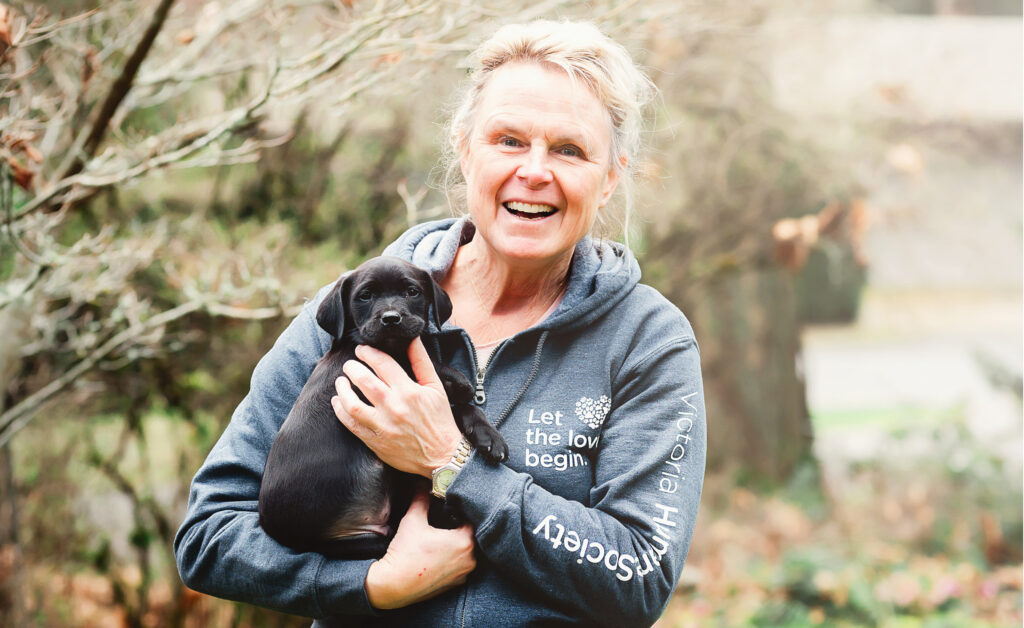by Tina Kelly –
It was decided last fall – an elaborate multi-course dinner. I was going to go all out; after all, it was already looking like Christmas 2020 would be different. All of this planning, all of these dishes were for a COVID-19 safe guest list of zero – it would just be me.
The thing about a feast for one is the food lasts for days and days. I’m not averse to leftovers; I’m content to eat the same dish many times over, but the challenge can be in the storage. When I grew up, there were preferred ways to wrap food – with reams of plastic wrap, sealed inside orange or avocado green Tupperware, or occasionally, tucked into a Ziploc bag. I shudder at the thought – every piece of plastic wrap used to cover up leftovers or wrap up school lunches still exists on our planet.
Absent from my present-day kitchen are any single-use plastic bags or wrap. Admittedly, I own a small roll of foil. The packaging looks almost vintage; it lasts a long time when you use it maybe once a year. When it’s eventually all used up, I won’t replace it.
There was an era between my plastic-wrapped childhood and my current make-do sustainable style when I coveted the latest and greatest, and ideally beautifully coordinated, storage containers. There is certainly no shortage of options out there to buy, but chances are you have suitable alternatives already in your home.
Many of my containers, mixing bowls and glass cookware have lids, but what about the lidless? Whether a lid broke, disappeared or there simply never was one, a missing cover is not a road block to preserving food. A plate turned upside down and placed on top does the trick. Or for a small one-time investment, reusable beeswax wraps and elasticized fabric bowl covers work wonderfully. In a pinch, for short periods of time, I’ve even wrapped a clean tea towel over a bowl or serving dish.
Jars, a staple for canning and freezing, also work well for everyday use. Really any jar will do the trick if you don’t need it to go in the freezer or microwave. I like to keep a small stash of jars with wide mouths, like pickle jars, on hand just in case.
This next strategy was likely borne of laziness or lack of time but I’ve been doing it so long now, I can’t remember when it started. Cook soup in a pot, put lid on the pot, put pot in the fridge. Why take more time and dirty more dishes when it’s already in a perfectly suitable container – the pot! (I also imagine those leftovers are less likely to be forgotten and left to rot in the back of your fridge because you’ll need that pot!)
My collection of food storage containers is a mishmash, but combined with other reusable items in my cupboards, they get the job done. I challenge you to think outside the “container.” Start, even slowly, to decrease your use of single-use plastic wrap and bags. Perhaps by the time you run out, you’ll have tested and discovered your favourite sustainable options and you can ditch them for good.




